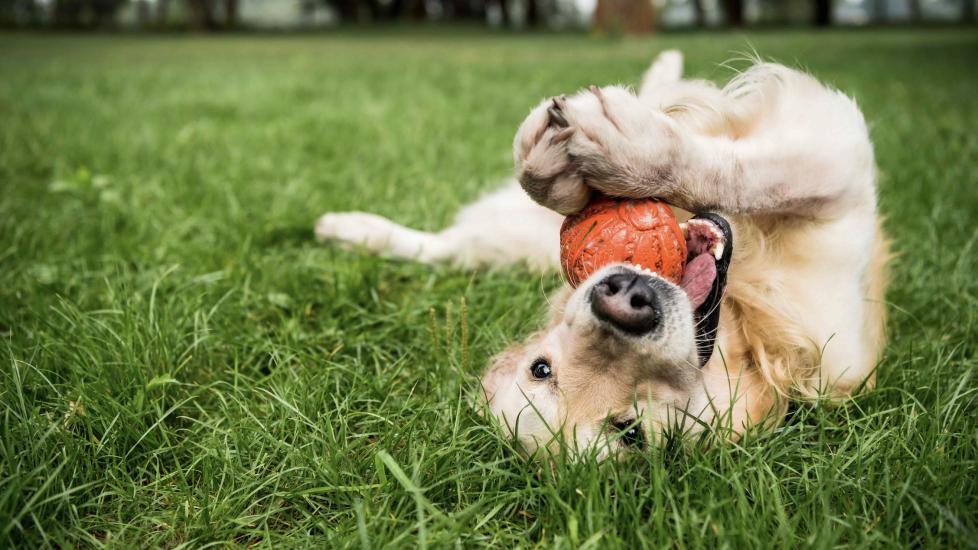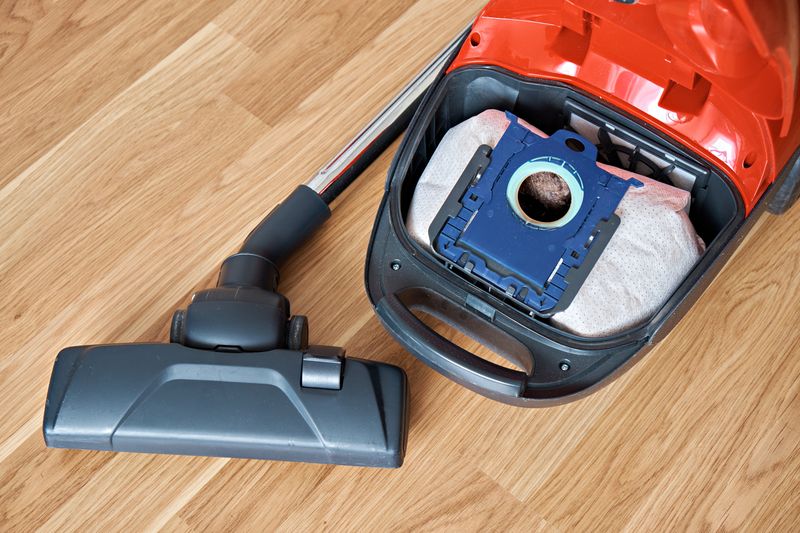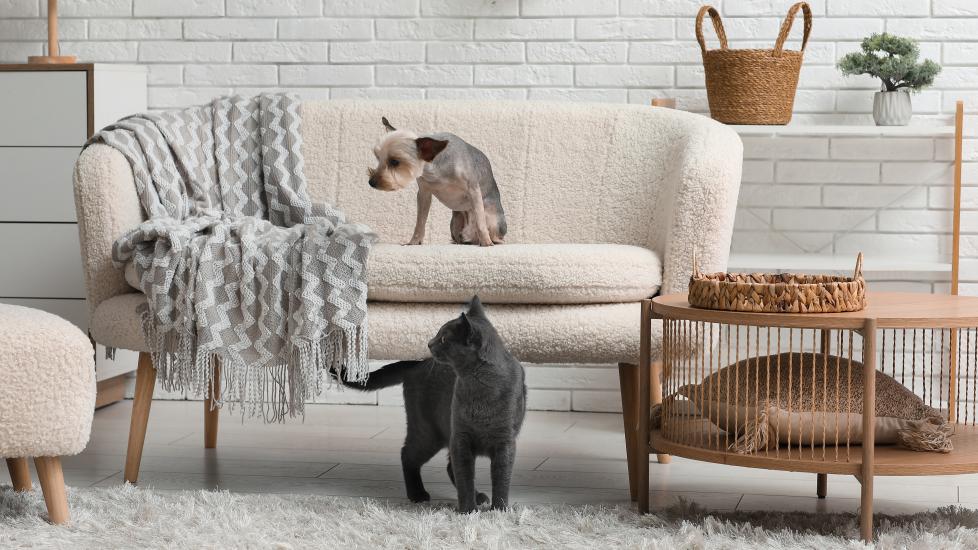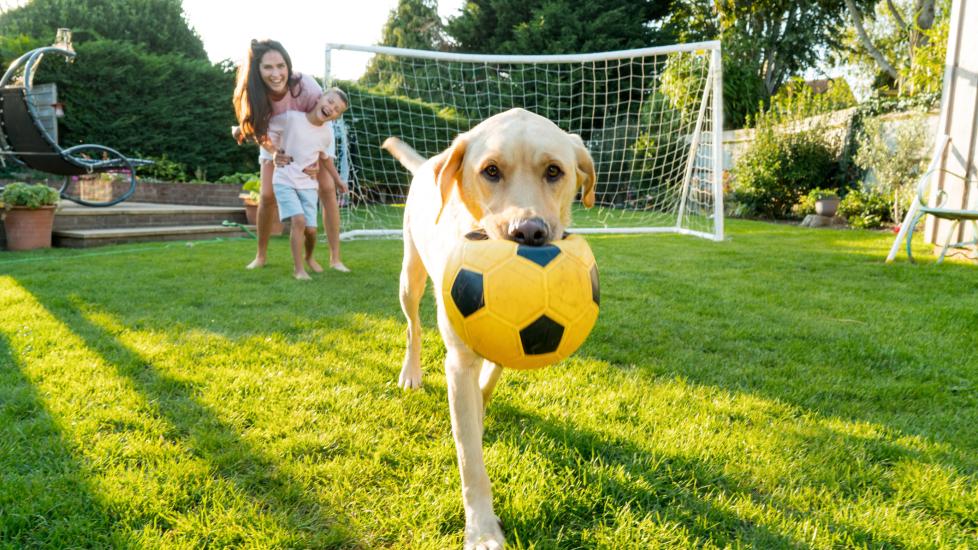
🐾 9 Natural Ways to Get Rid of Fleas—From Your Home and Your Pets
No Harsh Chemicals. Just Simple, Safe, and Effective Remedies That Really Work!
There’s nothing worse than realizing your pet has fleas—or that those tiny pests have made themselves comfortable in your home. Fleas don’t just cause itching and scratching; they can trigger allergic reactions, spread disease, and infest carpets, furniture, and even your bedding.
While commercial flea treatments can be effective, many come with harsh chemicals and strong odors that aren’t ideal for pets, kids, or anyone sensitive to toxins. That’s why so many pet parents are turning to natural, non-toxic solutions to handle flea problems safely.

In this guide, we’ll cover 9 tried-and-true natural remedies that help eliminate fleas from both your pets and your living space—without compromising on health, safety, or peace of mind.
🪰 First, a Quick Look at Flea Behavior
Before you dive into remedies, it helps to know your enemy.
Fleas:
- Multiply fast (a single female can lay 40–50 eggs a day!)
- Thrive in warm, humid environments
- Live on pets but lay eggs in carpets, bedding, cracks, and upholstery
- Are hard to eliminate unless you treat both your pet and the environment
With that in mind, let’s break down the best natural ways to tackle fleas holistically—from fur to floor.
🌿 1. Use a DIY Apple Cider Vinegar Spray (Flea Repellent)
Apple cider vinegar (ACV) isn’t a flea killer, but it creates an unfavorable environment that fleas hate. It can help repel them off your pet’s coat and from surfaces in your home.
How to Use:
- Mix 1 part raw ACV to 1 part water in a spray bottle
- Add a few drops of lavender or cedarwood essential oil (optional)
- Spray lightly onto your dog’s coat (avoid eyes and ears)
- Use on bedding, rugs, and furniture
🐶 Not recommended for cats if essential oils are added—many are toxic to felines.
🧼 2. Give Your Pet a Lemon or Herbal Flea Bath
A citrus-infused bath can naturally kill and repel fleas. Lemon contains d-limonene, a compound fleas despise.
How to Make:
- Boil a sliced lemon in water, let steep overnight, and strain
- Mix with your pet-safe shampoo or use as a rinse
- Massage into your pet’s coat and leave for 5 minutes before rinsing thoroughly
Alternatively, use gentle castile soap or herbal flea shampoos with neem, lavender, or eucalyptus oils.
🧹 3. Vacuum Daily (and Dispose of the Bag Properly!)

Flea eggs and larvae often hide deep in carpets, furniture, baseboards, and bedding. Vacuuming disrupts their life cycle and helps remove them.
How to Do It Right:
- Vacuum all carpeted areas, rugs, upholstery, and corners
- Focus on pet resting areas and under furniture
- Immediately empty the vacuum bag into an outdoor trash bin
- For added effect, sprinkle a little diatomaceous earth (see #5) into the vacuum canister
💡 Vacuuming daily for at least 7–10 days is key to breaking the flea cycle.
🧺 4. Wash Pet Bedding (and Yours!) in Hot Water
Fleas, eggs, and larvae can live in fabrics for weeks. Regular washing helps clear out hidden infestations.
What to Wash:
- Pet beds and blankets
- Towels and throws your pet sleeps on
- Your own bedding, especially if your pet shares your bed
Use the hottest water setting and add a splash of vinegar to the rinse cycle to repel any lingering fleas.
🪨 5. Sprinkle Food-Grade Diatomaceous Earth
Diatomaceous earth (DE) is a fine powder made from fossilized algae. It’s completely natural and works by drying out fleas and their eggs.
How to Apply:
- Sprinkle a thin layer on carpets, rugs, baseboards, pet bedding, and cracks
- Let it sit for 4–48 hours
- Vacuum thoroughly
⚠️ Use only food-grade DE and wear a mask when applying to avoid inhaling dust.
🌼 6. Create Herbal Flea Sachets for Your Home

Fleas hate certain herbs, so creating DIY sachets is an easy way to repel them from soft surfaces and closets.
Herbs That Repel Fleas:
- Lavender
- Mint
- Rosemary
- Lemongrass
- Cedar chips
Place dried herbs in small cloth bags or old socks and tuck them into pet beds, furniture cushions, closets, or by entryways.
🪒 7. Use a Fine-Toothed Flea Comb Daily
This old-school tool is one of the most effective flea removers—especially when combined with warm, soapy water.
How to Use:
- Fill a bowl with warm water and a bit of dish soap
- Comb through your pet’s fur (especially neck, ears, belly, tail)
- Dunk fleas into the soapy water to kill them
Use daily until no fleas are found. It’s also a great bonding experience for you and your pet!
🐕 8. Try Natural Flea Collars or DIY Sprays
Many store-bought flea collars contain pesticides, but you can make a natural version at home.
DIY Flea Collar:
- Add 3–5 drops of essential oil (like cedar, lavender, or citronella) to a cloth or felt collar
- Reapply oil weekly
- For extra safety, avoid direct skin contact and monitor for sensitivity
You can also refresh flea sprays weekly using essential oils (diluted properly) to protect furniture and bedding.
🐾 Always research pet-safe essential oils before using!
🌸 9. Treat Your Yard Naturally

If fleas are entering your home from outside, you’ll want to treat the source.
Outdoor Flea-Fighting Tips:
- Sprinkle diatomaceous earth in areas where your pet plays or rests
- Use cedarwood mulch in garden beds (fleas hate it!)
- Mow your lawn regularly and keep it dry—fleas love humidity
- Introduce beneficial nematodes, microscopic worms that eat flea larvae (yes, really!)
🌱 Treat both the inside and outside of your home for the best results.
Table of Contents
❓ Frequently Asked Questions
Q: Can I use essential oils on my cat to repel fleas?
Be very careful. Many essential oils (like tea tree, eucalyptus, and citronella) are toxic to cats, even in small amounts. Stick to gentle methods like combing, DE, and vacuuming.
Q: How long does it take to get rid of fleas naturally?
It can take a few weeks of consistent treatment to fully eliminate all fleas, especially since eggs can hatch up to 2 weeks later. Patience and consistency are key!
Q: Can I combine multiple methods?
Absolutely. In fact, combining multiple strategies (like daily combing, vacuuming, and DE) is often the most effective approach.
Q: Is diatomaceous earth safe for pets?
Yes—but only food-grade DE should be used around pets. Keep pets away during application and avoid allowing them to inhale large amounts of dust.
Q: Do I need to treat all pets in the house?
Yes! Even if one pet shows signs of fleas, treat all animals in your home to prevent re-infestation.
✅ Final Thoughts: Natural Flea Control That Actually Works
Dealing with fleas can be frustrating, but you don’t have to resort to harsh chemicals to get your home and your pets flea-free. With a little consistency and a lot of natural power, you can treat the problem safely, effectively, and gently.
Whether it’s a lemon bath for your pup, sprinkling diatomaceous earth on your carpet, or vacuuming daily like a pro—these simple, non-toxic methods work together to stop fleas in their tracks.
Remember: success isn’t just about getting rid of fleas—it’s about keeping them gone by staying vigilant, treating your home holistically, and supporting your pets naturally.
🧾 Natural Flea Remedy Summary Table
| Method | Best For | Pet-Safe? |
|---|---|---|
| Apple Cider Vinegar Spray | Repelling fleas on dogs/surfaces | Yes (dogs only) |
| Lemon/Herbal Bath | Killing fleas on pets | Yes (dogs only) |
| Vacuuming | Removing eggs/larvae from home | Yes |
| Washing Bedding | Killing fleas in fabrics | Yes |
| Diatomaceous Earth | Killing fleas on surfaces | Yes (if food-grade) |
| Herbal Flea Sachets | Preventing re-infestation | Yes |
| Flea Comb | Removing fleas from fur | Yes |
| DIY Flea Collar | Repelling fleas naturally | Yes (dogs only) |
| Yard Treatment | Preventing outdoor reinfestation | Yes |
